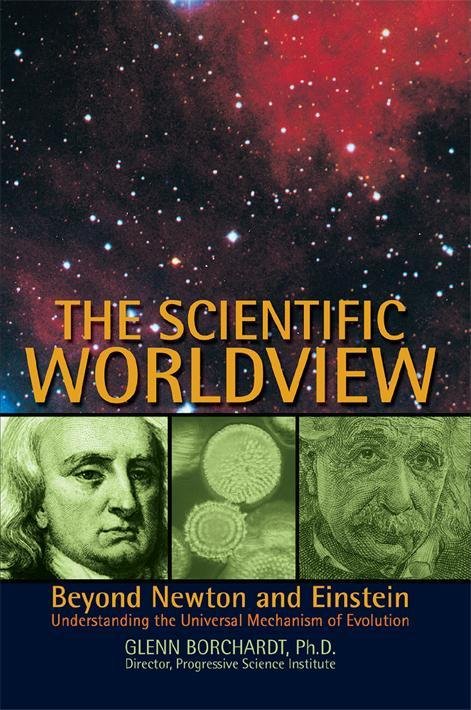PSI Blog 20170419 Quantum Mechanics:
A watched pot (particle) never boils?
I am afraid your tax dollars have
been misspent by the Army Research Office, the Defense Advanced Research
Projects Agency under its QuASAR program and the National Science Foundation.
George Coyne just sent this heads up
on the nefarious adventures of those who claim to be quantum mechanists:
George writes:
“Here is an
excerpt from my Notfinity Process book on this topic: QMT labels this the
quantum Zeno Effect (a.k.a. Turing’s Paradox) and attempts to explain it by
proposing that time is merely a dimension, which things can move through
or remain motionless on a timeline. QMT physicists maintain that through
constantly observing a particle it will never decay, which means the
observation has prevented it from doing anything and thus what they refer to as
“time” ceases. Many studies claim to show that measuring particles with
increased frequency affects the decay rate and can potentially stop it
completely, which physicists maintain is synonymous with the stopping of ‘time.’”
[GB: Well,
all I can say is that if you expect to be paid as a “modern physicist,” you
better get with the regressive program. One of the more popular aspects of QMT
(quantum mechanical theory) is the indeterministic idea that the experimenter’s
consciousness might have an influence on the result. Of course, no one can perform
an experiment on any microcosm (xyz portion of the universe) without
interacting with it in some way. Time is motion, so whenever one reduces
temperature (the vibratory motion of baryonic matter), any motions that occur
under normal conditions will be slowed. That is what we do to prevent the decay
of food when we freeze it—makes no difference if you are watching your freezer
at the same time. And it sure has nothing to do with whether you think time is
a dimension or not.
If these
experiments have any merit at all, it is that what happens to the microcosm is
influenced by the macrocosm. Perhaps a little story is apropos at this point.
Back in the day, we used to consider the half-lives of radioactive isotopes to
be completely independent of their surroundings. For the most part, this is a
good first approximation, but I doubt that it could be true in all cases. If
the literature does not have some exceptions, it is time that one of you take a
look at the subject in more detail. Remember that, according to univironmental
determinism, all motions of the microcosm are the result of interactions with
the macrocosm.
Also remember
that QMT began with the Heisenberg Uncertainty Principle and the observation
that both the position and the velocity of a particle cannot be determined at
the same time. In other words, any measure of either must involve interacting
with the particle, and thus changing its position and/or velocity at the same
time. However, this has nothing to do with watched pots or particles. The upshot
is that you have to have a pretty big head to think that you can influence the
universe much simply by watching it.]










3 comments:
Having trouble following GC here.
The observer effect is only a factor when physically measuring a physical system, not when "thinking" about it.
But, yes GPS shows us that both gravity and motion,(two related things, anyway)do affect physical mechanisms such as time clocks which include atomic oscillations. They do slow compared to the Earth station.
Is GC saying they do not slow?
Bligh:
Maybe you missed this Blog:
http://thescientificworldview.blogspot.com/2012/10/gps-does-not-require-relativity.html
Ron almost invented GPS, so he should know. Of course, the internal motions of clocks are influenced by their environments. One example is the hour glass, which takes more than an hour at high altitudes because it depends on gravity. In out space, the hour glass would hardly work at all. None of this has to do with relativity or "time dilation," which is only used when c is assumed to be constant, which it is not.
Maybe you are referring to the "gravitational redshift," which occurs when the velocity of light increases as it leaves its source.
Hi Glenn, I read the article 'Zeno effect' verified: Atoms won't move while you watch. So, my question is: is an atom an atom than? It seems like the situation that a coach has stopped which can be verified but the passengers, behind the blind windows, can't be seen and are moving around? I know that small entities are used in physics, I read '(....).000000001 degree above absolute zero.' Another question arises: what does that mean, being nearby absolute zero? I once studiead the Carnot cycle to get some idea what temperature is and the explanantion why absolute zero was introduced. But, still, I do not know what temperature is. I then read in the cited article: Temperature is a measure of a particle’s motion. Hence,
I can use the field of thermometry to measure the speed of my car or when I walk? How then, do I known that p.e. 45 degrees above corresponds in a unique way to some velocity?
Post a Comment